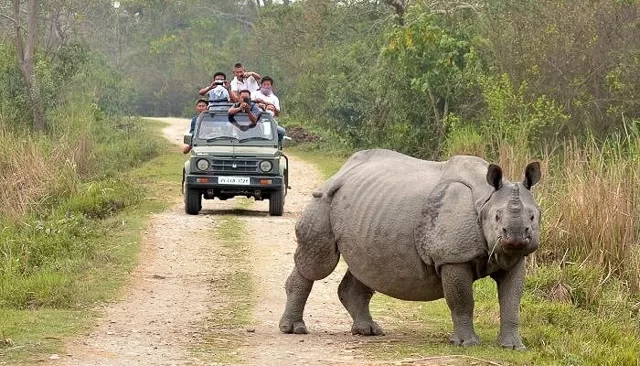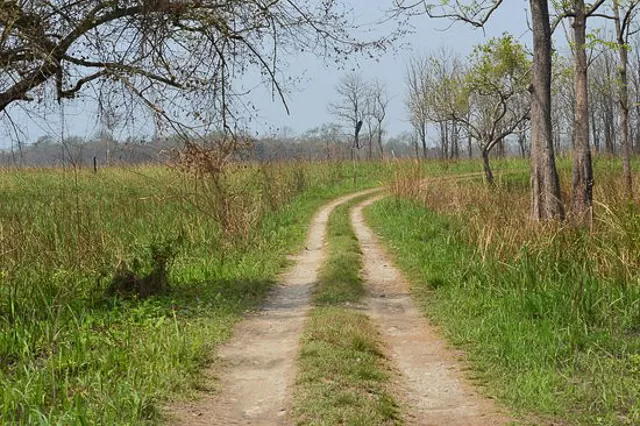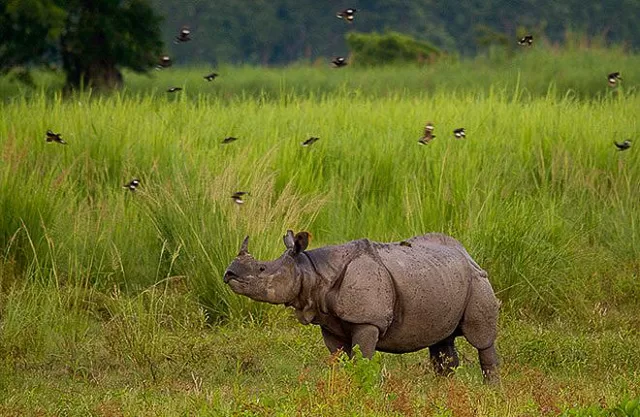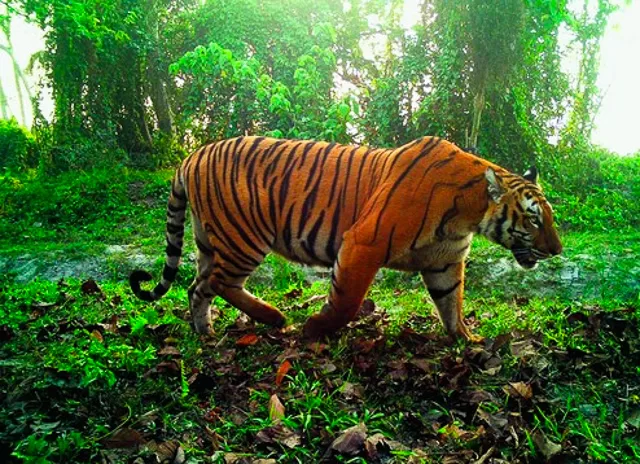About
Top Experiences
Type of Journey
Subscribe to newsletter and stay updated
Read about our travel expeditions, new destinations, new pictures, latest trip schedules
Despite being the oldest Protected Area in Assam, Orang National Park has not received as much attention as other Protected Areas. It’s set on the Brahmaputra River’s north bank and offers a picturesque view. The Park is teeming with wildlife, including tigers, elephants, wild buffalo, swamp deer, and rhinoceros. Another plus for the park is the large number of resident and migratory bird species that use it. The Park is a great stopover location if you’re traveling from Kaziranga to Manas.
The surrounding area is incredibly green because of the tall meadows and thick, dense trees. Your mind will be refreshed and calmed by the vegetation. It will be wonderful to take a break from the hectic city life.
The Park is a swampy and forested area, with different topologies in different areas. It is believed that the Orang people once lived in this region before being wiped off by sickness. The existence of 26 artificial ponds, located throughout the Park area, supports the view.
OVERVIEW
Location: Darrang and Sonitpur Districts, Assam, India
Nearest Airport: Guwahati airport
How to reach: 3 hours drive from Guwahati airport
Famous for: Wildlife park hosting rare Cats and Birds
Best time to visit: November to March
WHAT TO SEE
Mammals:Royal Bengal Tiger, Indian One Horned Rhinoceros, Wild Buffalo, Wild Boar, Leopards, Hog deer, Jungle Cat, Rhesus Macaque, Small Indian Civet, Gangetic Dolphin, Indian Elephant, Otter, fishing cat, Jungle cat etc.
Birds: Spot Billed Pelican, White Pelican, Black-necked Stork, Wooly-necked Stork, Mallard, Pallas’s Fishing Eagle, Greater Adjutant Stork, Lesser Adjutant Stork, Brahminy Duck, Pintail Duck, Bengal Florican
The Orang National Park, which is found on the north bank of the massive Brahmaputra River, is surrounded by a thick canopy of tall trees and high grasslands. A total of 78.81 square kilometers make up the Park. A healthy environment and a synergy of cultures are created by the villages that surround the park on all sides. There are several foxholes made by the villagers on the park’s western edge, which is an odd detail about it.

Lots of people believe that before the existence of a park in this region, the area was occupied by human settlements. Evidence of this belief lies in the twenty-six man-made ponds which constitute the flood pains, apart from the twelve wetlands. The floodplains occur due to overlapping streams that flow with vigor during monsoon season. The Orang National Park is flanked by streams originating from the Belsiri River and Dhansiri River. The rivers border the park and then meet the mighty Brahmaputra River, to flow ahead as one.

According to each section’s topology, the Orang National Park has been divided into a number of categories. the Eastern Himalayan Moist Deciduous Forest, the Degraded Grassland, the Water Body, the Eastern Wet Alluvial Grassland, the Eastern Seasonal Swamp Forest, the Savannah Grasslands, the Moist Sandry Area, and the Dry Sandy Area.

You’ll find the Orang National Park elevated from forty-five meters to seventy meters; the elevation varies from one part of the park to another. Bounded by beautiful islands in the South and East, the park has an interesting landscape. However, the flat alluvial sand is seen as two distinct platforms. While the lower platform originated recently on the bank of the Brahmaputra River, the upper platform is situated to the North and separated from the lower platform by a high bank that runs through the park.

While the Indian rhino, Rhinoceros Unicornis, receives much attention, the Orang National Park is also home to a variety of other animals and plants. Leopards, Sambars, Elephants, Tigers, Barking Deer, and a plethora of waterbirds including Green pigeons, Teal, Florican, Goose, etc. are among its diverse biodiversity. In addition to being a crucial fish breeding ground, the Park is home to migrating species like the immaculate milky-white Pelicans.
Orang National Park doesn’t just have a thriving flora and fauna on land, but the avifauna population is rich as well, with more than 220 species to call its own. The river is also home to the adorable and rare Ganges Dolphin. You might observe many migratory birds, predators, water birds, scavengers, and game birds in the park.